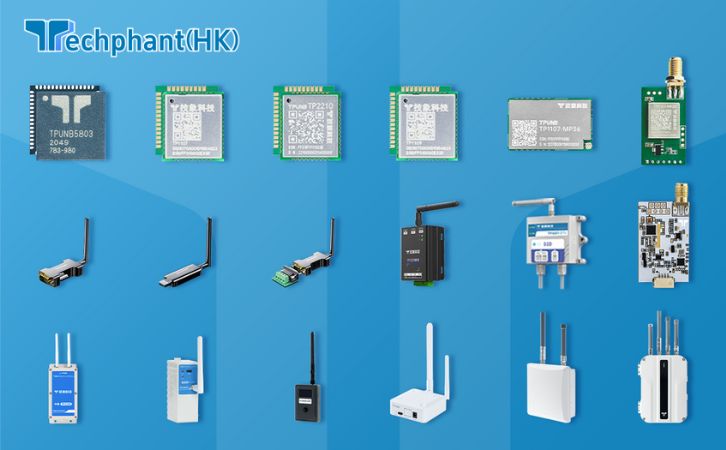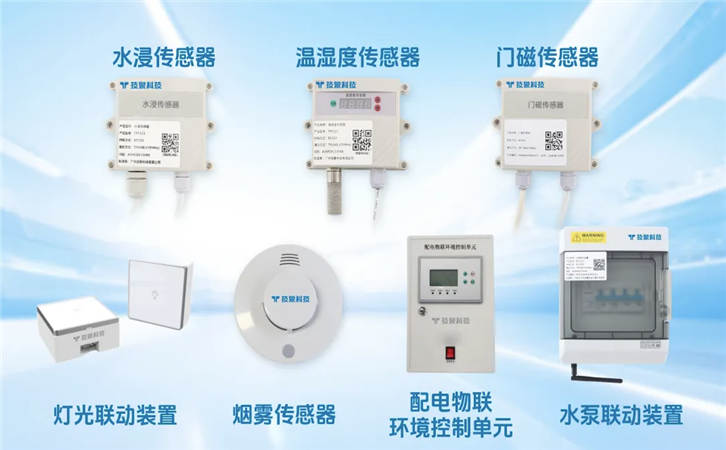Personnel positioning systems have become critical tools for enhancing workplace safety across industries such as construction, manufacturing, mining, and healthcare. By leveraging technologies like GPS, RFID, Bluetooth Low Energy (BLE), and Ultra-Wideband (UWB), these systems provide real-time location data to monitor employees, mitigate risks, and respond swiftly to emergencies. This article explores four key applications of personnel positioning systems in ensuring workplace safety, detailing their functionalities, benefits, and practical implementations.
I. Real-Time Monitoring for Hazard Prevention
Real-time monitoring is a cornerstone of personnel positioning systems, enabling continuous tracking of workers’ locations in hazardous environments. Using technologies like GPS for outdoor settings or BLE and UWB for indoor facilities, employers can monitor employee movements to ensure they remain in safe zones. For example, in a construction site, GPS-enabled wearables can track workers’ positions relative to heavy machinery or unstable structures, alerting supervisors if someone enters a high-risk area.
In mining operations, UWB systems provide sub-meter accuracy, allowing precise tracking of workers in underground tunnels where visibility is limited. This capability helps prevent accidents by ensuring workers avoid dangerous zones, such as areas prone to cave-ins. Real-time data also enables dynamic risk assessment, as supervisors can analyze movement patterns to identify potential hazards. For instance, if multiple workers congregate in a confined space, the system can flag this as a risk for overcrowding or evacuation challenges, prompting immediate action.
II. Emergency Response and Evacuation Management
Personnel positioning systems significantly enhance emergency response by providing accurate, real-time location data during crises such as fires, chemical spills, or medical emergencies. In large facilities like factories or hospitals, BLE-based systems can pinpoint the exact location of employees within seconds, enabling first responders to reach them quickly. For example, in a chemical plant, UWB tags worn by workers can transmit their precise locations to a central system, ensuring rescue teams know exactly where to find someone trapped in a hazardous area.
These systems also streamline evacuation processes. In the event of a fire, RFID checkpoints at exits can confirm that all employees have evacuated safely, while BLE or UWB systems provide a live map of remaining personnel, helping coordinators prioritize rescue efforts. In healthcare settings, positioning systems ensure that staff can locate colleagues or patients during emergencies, such as a cardiac arrest, reducing response times. By integrating with alarm systems, these technologies can automatically trigger alerts when an employee is detected in a danger zone, further enhancing safety.
III. Geofencing for Restricted Area Control
Geofencing is a powerful application of personnel positioning systems that creates virtual boundaries around specific areas, ensuring workers stay out of restricted or hazardous zones. Using technologies like RFID or BLE, geofencing systems can trigger alerts when an employee crosses a predefined boundary. For instance, in a manufacturing plant, RFID tags on employee badges can prevent unauthorized access to areas with heavy machinery, reducing the risk of accidents caused by untrained personnel.
In high-risk environments like oil rigs, UWB-based geofencing can enforce safety protocols by alerting both the worker and supervisors if someone approaches a dangerous area, such as a high-pressure pipeline. These systems can also log violations for compliance audits, ensuring adherence to safety regulations. Geofencing is particularly valuable in dynamic workplaces where hazards change frequently, as boundaries can be adjusted in real time via software. This flexibility helps maintain safety without disrupting operations, making it a vital tool for industries with strict regulatory requirements.
IV. Fatigue and Behavior Monitoring for Risk Mitigation
Personnel positioning systems can also monitor employee behavior and fatigue levels, indirectly contributing to workplace safety. By analyzing movement data, these systems can identify patterns indicative of fatigue, such as slower movements or prolonged inactivity, which may increase the risk of accidents. For example, in a warehouse, BLE beacons can track how long a worker has been performing repetitive tasks, prompting supervisors to schedule breaks to prevent fatigue-related errors.
In addition, positioning systems can detect unsafe behaviors, such as workers bypassing safety protocols by taking shortcuts through hazardous areas. In mining, GPS or UWB data can reveal if a worker repeatedly enters a restricted zone, allowing managers to provide targeted training or enforce disciplinary measures. By integrating with wearable sensors that monitor vital signs, these systems can further enhance safety by alerting supervisors to signs of physical distress, such as elevated heart rates, ensuring timely intervention. This proactive approach helps create a safer work environment by addressing risks before they lead to incidents.
Conclusion
Personnel positioning systems are transforming workplace safety by enabling real-time monitoring, streamlining emergency responses, enforcing geofencing, and mitigating risks through behavior and fatigue analysis. These applications, powered by technologies like GPS, RFID, BLE, and UWB, provide organizations with the tools to protect employees in high-risk environments, from construction sites to hospitals. By offering precise location data and actionable insights, these systems not only prevent accidents but also ensure compliance with safety regulations and improve operational efficiency. As technology advances, the integration of positioning systems with AI and IoT will further enhance their capabilities, making workplaces safer and more resilient.


